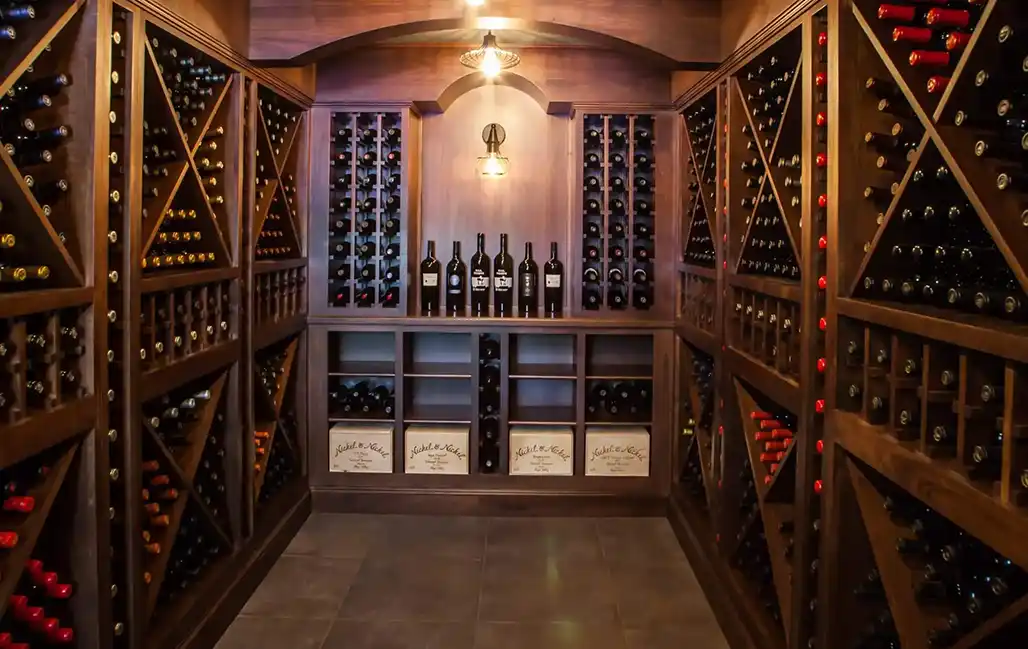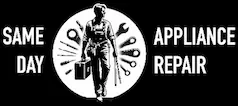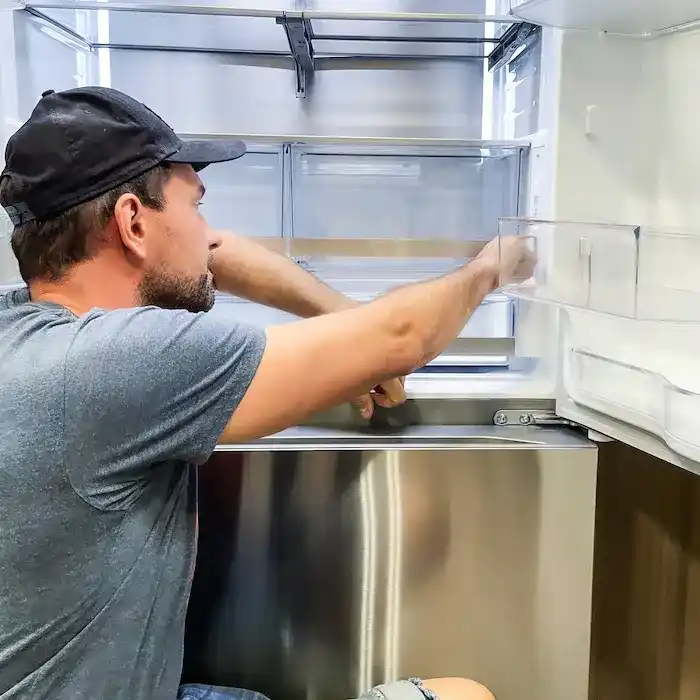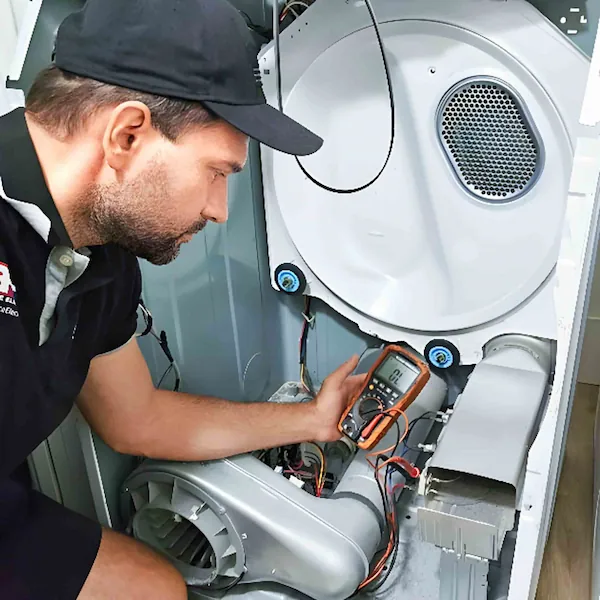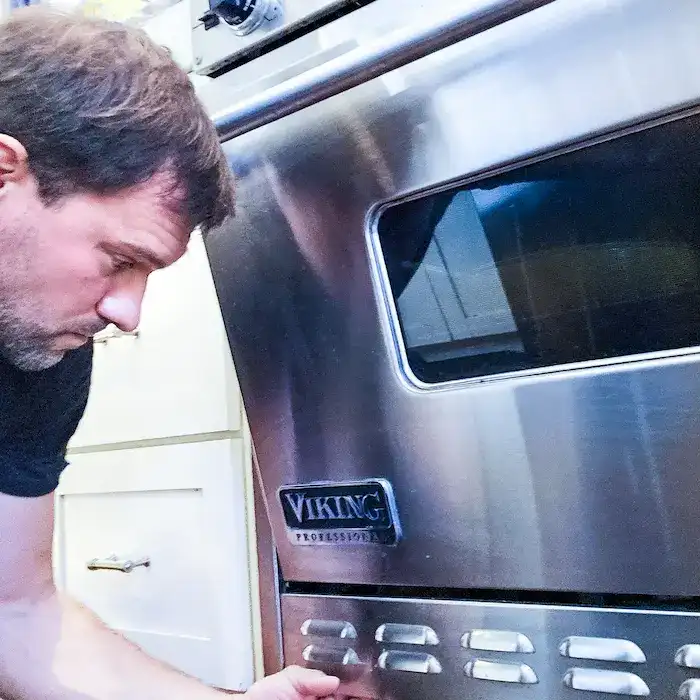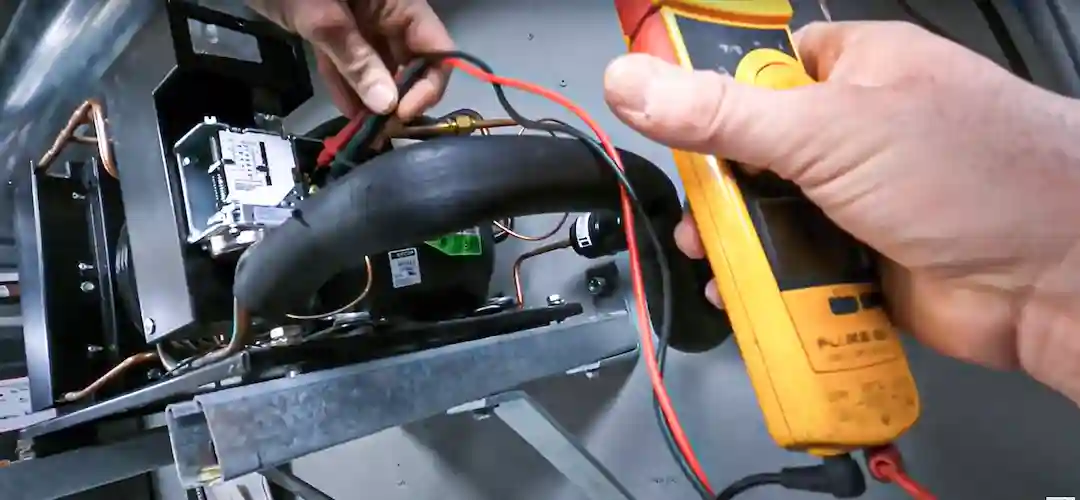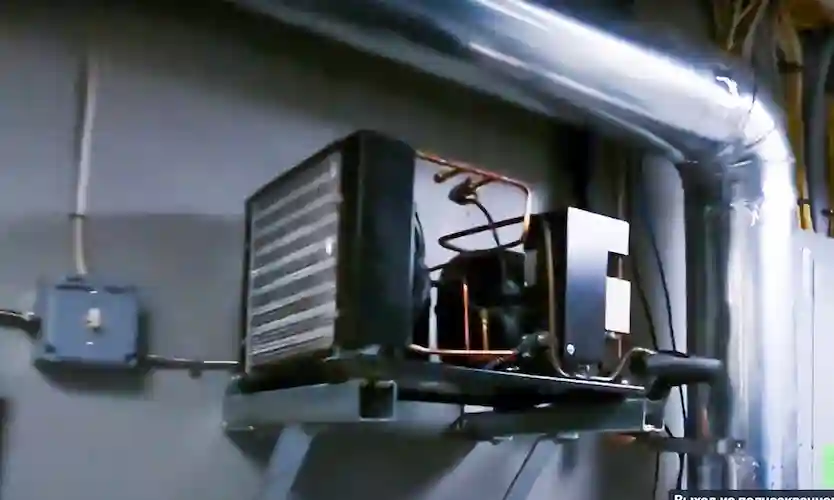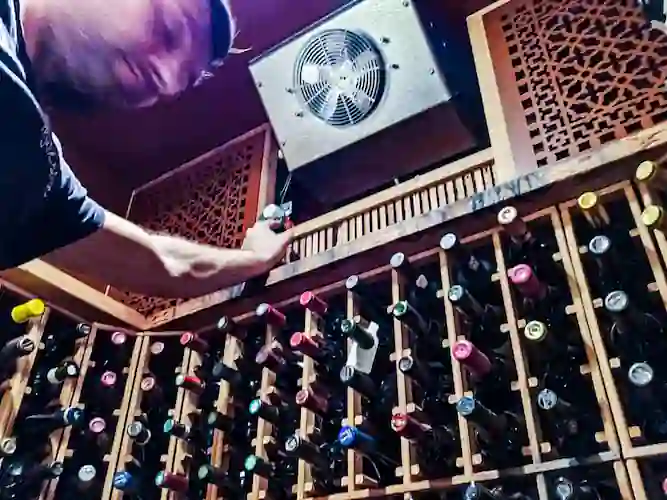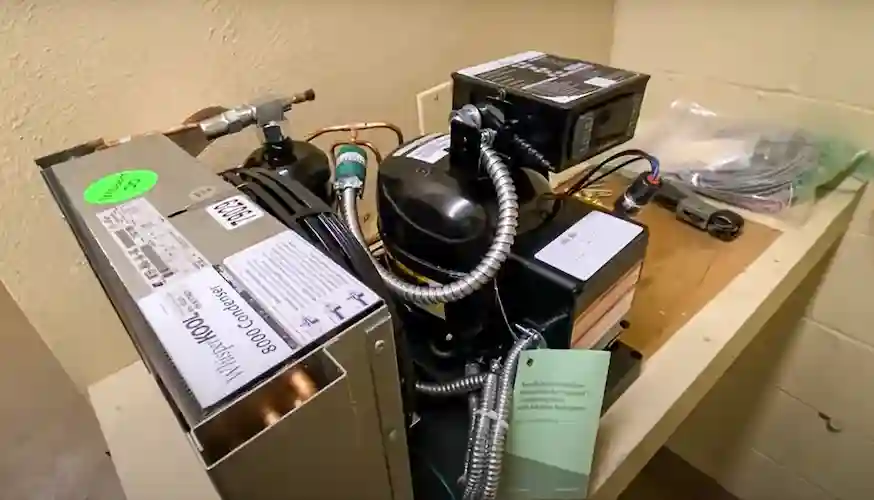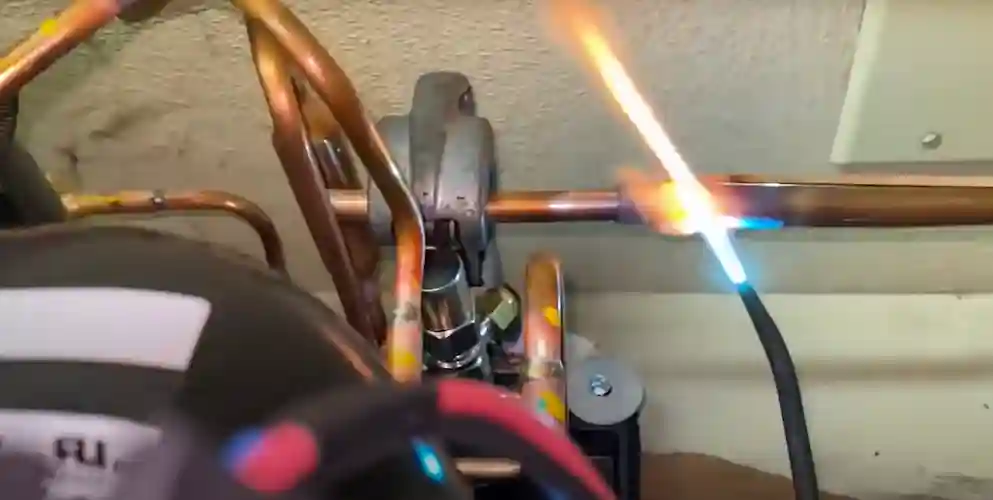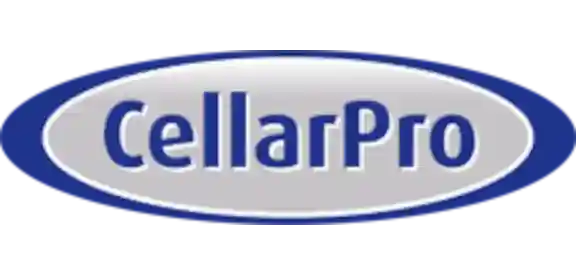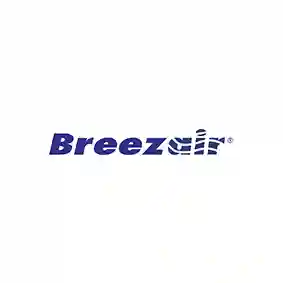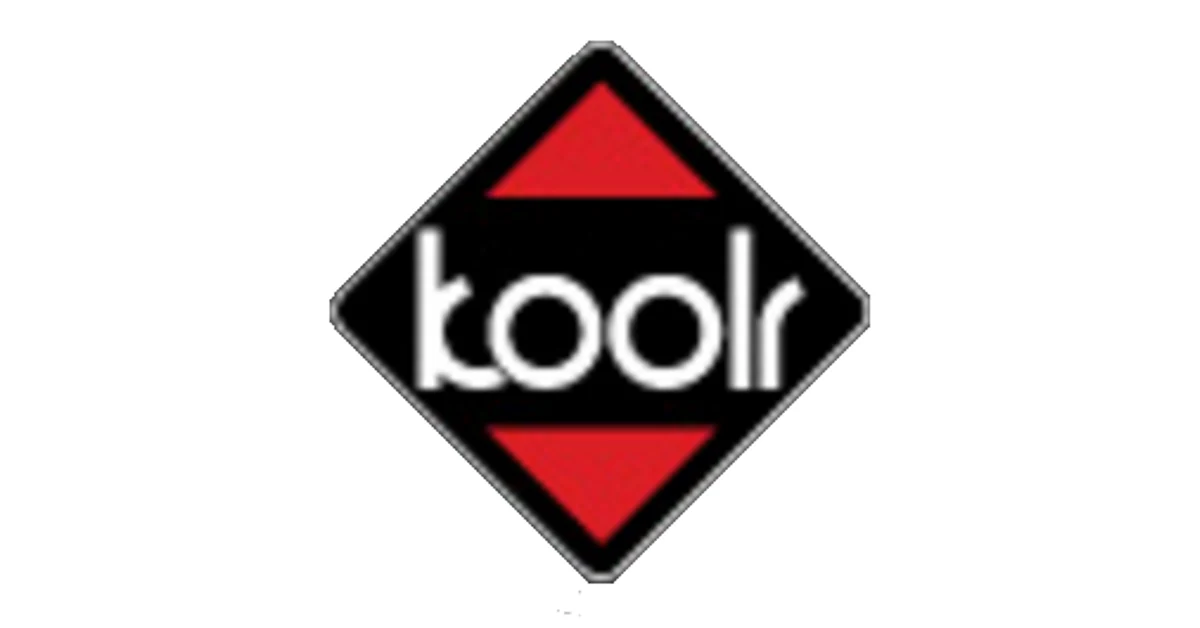Your wine cellar is essential for preserving your wine collection in the perfect environment. Our specialized services ensure your wine remains stored under optimal conditions, whether you have a custom wine cellar, a large wine collection, or a commercial wine room.
Residential Wine Cellar Repair
Your home wine cellar plays a crucial role in maintaining the quality of your wines. Whether you have a small climate-controlled system or a fully equipped wine room, our technicians are equipped to handle issues like temperature inconsistencies, humidity problems, or evaporator coil malfunctions. Our fast response ensures your wine collection remains unaffected by environmental changes.
Wine Cellar Repair for Large Collections
For wine enthusiasts and collectors with large cellars, reliability is paramount. High-capacity wine cellar cooling systems must maintain stable conditions for extensive wine collections. Our technicians specialize in diagnosing and repairing large-scale systems, addressing issues like condenser fan failures, thermostat malfunctions, and clogged drain lines, ensuring your wines remain perfectly preserved.
High-End and Custom Wine Cellar Repair
Luxury and custom wine cellars often include advanced climate control systems, unique configurations, and high-end materials. Our experienced technicians are trained to handle precision cooling adjustments, humidity controls, and sealed system repairs to maintain both functionality and aesthetic integrity. From built-in systems to sophisticated standalone units, we ensure seamless operation without compromising design.
Commercial Wine Cellar Repair
For restaurants, wineries, and businesses that rely on commercial wine rooms, maintaining consistent temperature and humidity is essential for serving high-quality wines. Our team provides fast and effective repair services for commercial wine cellar refrigeration systems, addressing problems like compressor failures, evaporator fan issues, and control board malfunctions to keep your business running smoothly.
Specialized Wine Cellar Maintenance
Routine maintenance is critical for extending the lifespan of your wine cellar cooling unit. Our maintenance services include:
Evaporator Coil Cleaning: Ensures efficient airflow and prevents freezing.
Humidity and Temperature Calibration: Keeps your wines at the perfect storage conditions.
Fan and Condenser Maintenance: Prevents overheating and system failures.
Sealed System Checks: Identifies leaks or inefficiencies in refrigerant lines.
With tailored solutions for all types of wine cellars, we ensure your collection is stored in optimal conditions, protecting its quality and value. Call us today to schedule expert repair or maintenance services for your wine cellar!
